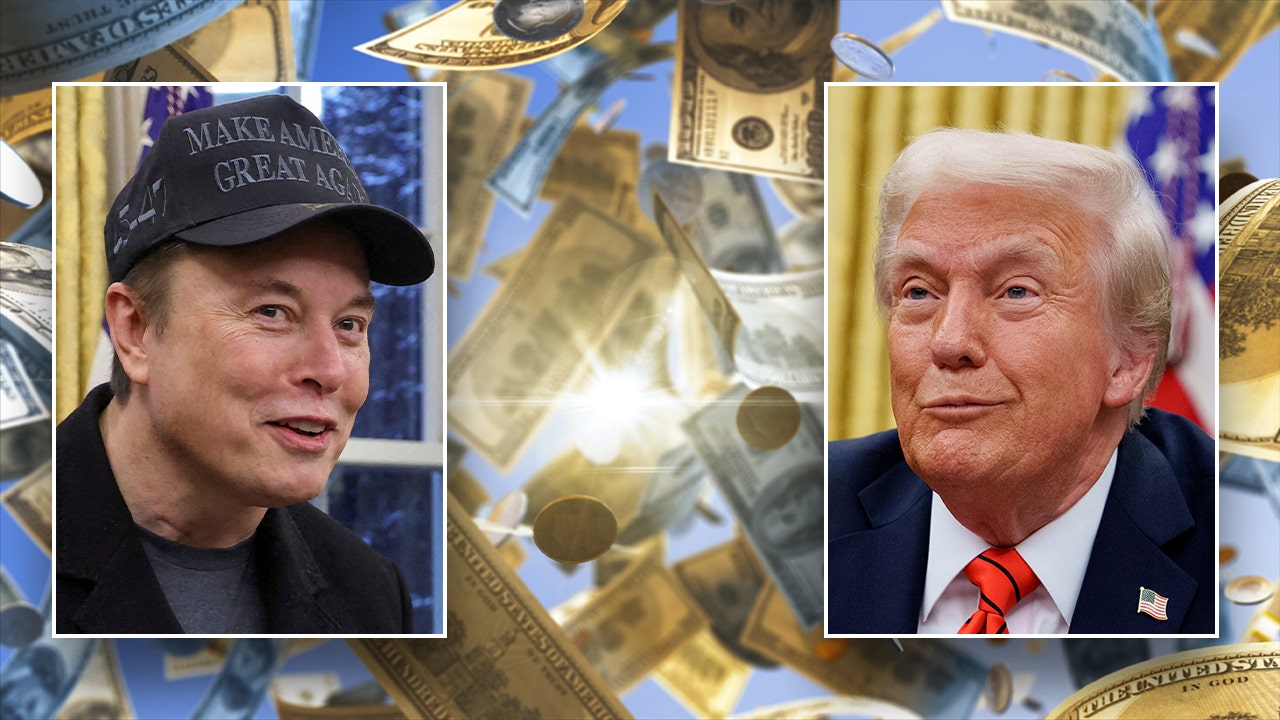Politics
White House outlines where DOGE savings could go after Trump floats returning 20% to Americans

Understanding the Department of Government Efficiency (DOGE) and Its Impact on Taxpayers
The Department of Government Efficiency (DOGE) has emerged as a central initiative in the current administration’s efforts to streamline government operations and deliver savings to American taxpayers. In a recent White House briefing, Stephen Miller, the Deputy Chief of Staff for Policy, outlined the potential distribution of these savings, sparking widespread interest and debate. The proposal, which includes sending dividend checks directly to taxpayers, has been met with a mix of enthusiasm and skepticism. This section provides an overview of the DOGE initiative, its goals, and the proposed distribution of savings.
The DOGE Dividend Proposal: A New Way to Return Savings to Taxpayers
One of the most talked-about aspects of the DOGE initiative is the idea of issuing “dividend checks” to American taxpayers. President Donald Trump recently floated the concept, suggesting that 20% of the savings generated by DOGE could be returned to taxpayers in the form of personal checks. Another 20% would be allocated toward paying down the national debt, while the remaining 60% could either be reinvested into next year’s budget or used to lower overall government spending. This proposal has been met with excitement from some, who see it as a direct way to deliver tax relief to hardworking Americans. However, others have raised questions about the feasibility and fairness of such a plan.
The Path Forward: Congress and the Reconciliation Process
Before any DOGE dividend checks can be sent to taxpayers, Congress must navigate the reconciliation process. This legislative procedure is used to ensure that spending and revenue align with the overarching fiscal goals of the federal government. During Wednesday’s White House briefing, Stephen Miller emphasized that the distribution of DOGE savings will require careful coordination between the executive and legislative branches. He expressed confidence that both the Senate and the House would prioritize the president’s agenda, which includes major tax relief, price relief, and significant spending cuts. Despite this optimism, the reconciliation process is often contentious and time-consuming, leaving many to wonder when—or if—taxpayers will see the promised dividends.
DOGE’s Cost-Cutting Measures: Savings and Challenges
The Department of Government Efficiency has already claimed significant savings, with some $55 billion reportedly cut from various federal agencies, including USAID, the Department of Education, and the Consumer Financial Protection Bureau. These reductions have been part of a broader effort to streamline government operations and eliminate what the administration views as unnecessary spending. However, not all of these cuts have gone unchallenged. Legal battles are ongoing, with some arguing that certain reductions exceed the administration’s authority or violate existing laws. As DOGE continues its mission to trim the federal budget, these challenges could potentially hinder its progress and impact the distribution of savings.
The Role of Elon Musk and the Public’s Expectations
The idea of a DOGE dividend has also gained traction on social media platforms like X (formerly Twitter), where users have pitched the concept directly to Elon Musk, the CEO of Tesla and a high-profile figure with a history of influencing public policy. Some have suggested that the dividends could amount to as much as $5,000 per taxpayer, though this figure is largely speculative at this point. When asked about the idea, Musk indicated that he would consult with the president before moving forward. This exchange has added to the public’s expectations, raising hopes that the dividends could be substantial. However, it’s important to note that the final amount and distribution method will ultimately be determined by Congress and the administration.
The Broader Implications: Job Insecurity and Government Efficiency
While the DOGE dividend checks have captured the headlines, the initiative has also caused significant concern among federal workers. The push for government efficiency has led to job cuts and a sense of panic among some employees, who are experiencing the novel sensation of job insecurity. This shift reflects a broader effort to reshape the federal workforce, with the administration emphasizing the need for leaner, more effective operations. As DOGE continues to implement its cost-cutting measures, the impact on federal employees and government services will likely remain a contentious issue.
In conclusion, the DOGE dividend proposal represents a bold experiment in how the federal government manages its finances and interacts with taxpayers. While the idea of direct payments to citizens is popular in theory, its practical implementation will depend on a variety of factors, including congressional cooperation, legal challenges, and the administration’s ability to deliver on its promises. As the reconciliation process unfolds, Americans will be watching closely to see whether the DOGE initiative can live up to its ambitious goals.